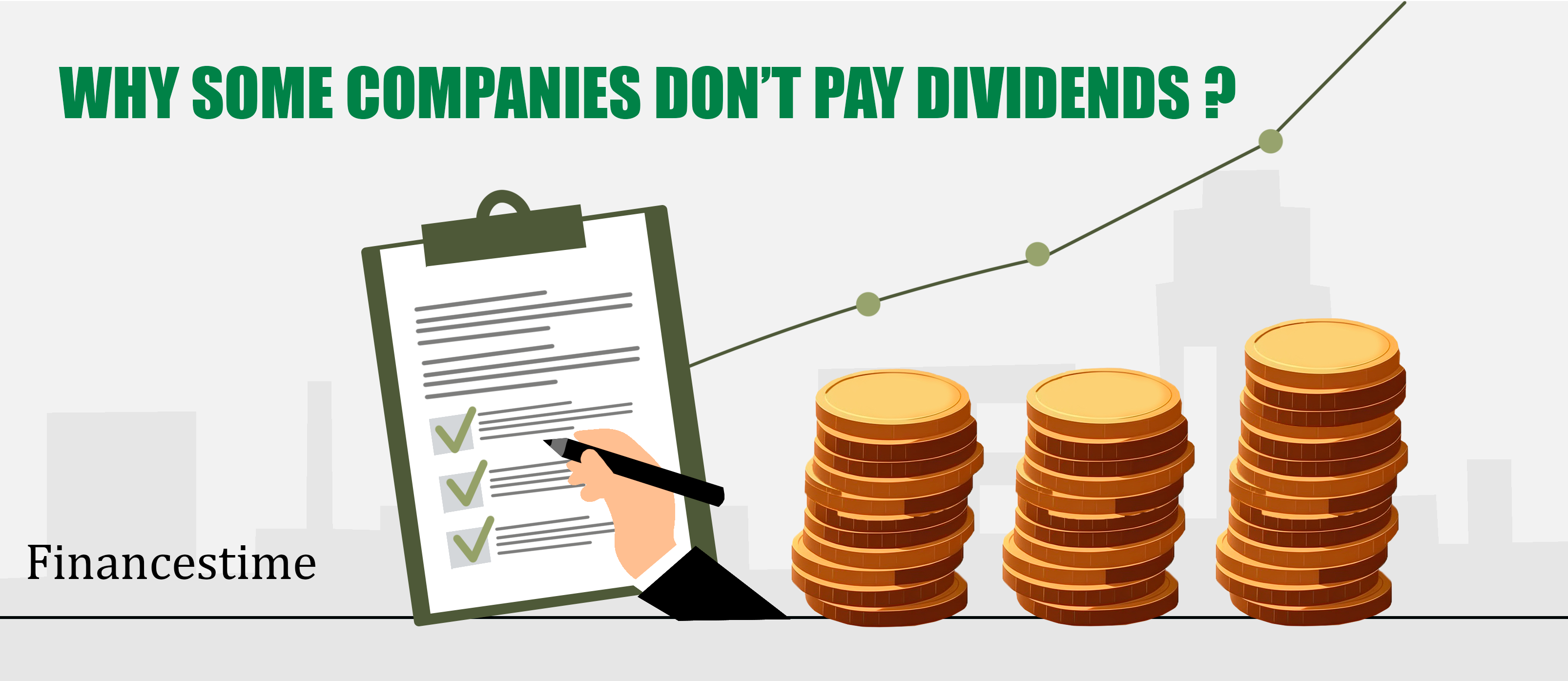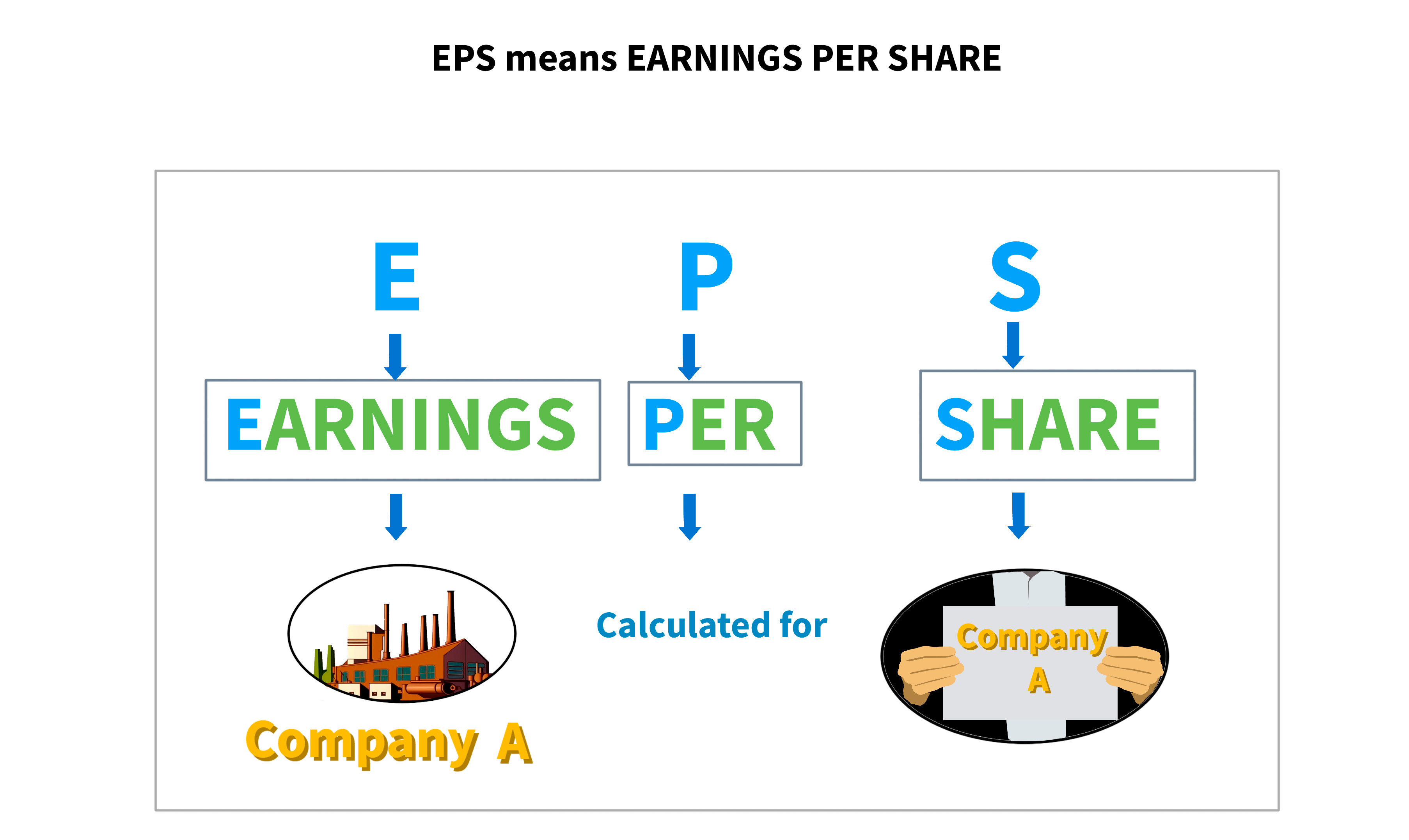The choice for a company between distributing part of the profit in dividends, or putting it in reserve is not supposed to have an impact on the valuation of the company. This has been proven by Modigliani and Miller, who were respectively Nobel Prize winners in 1985 and 1990. However, their research had several limitations.
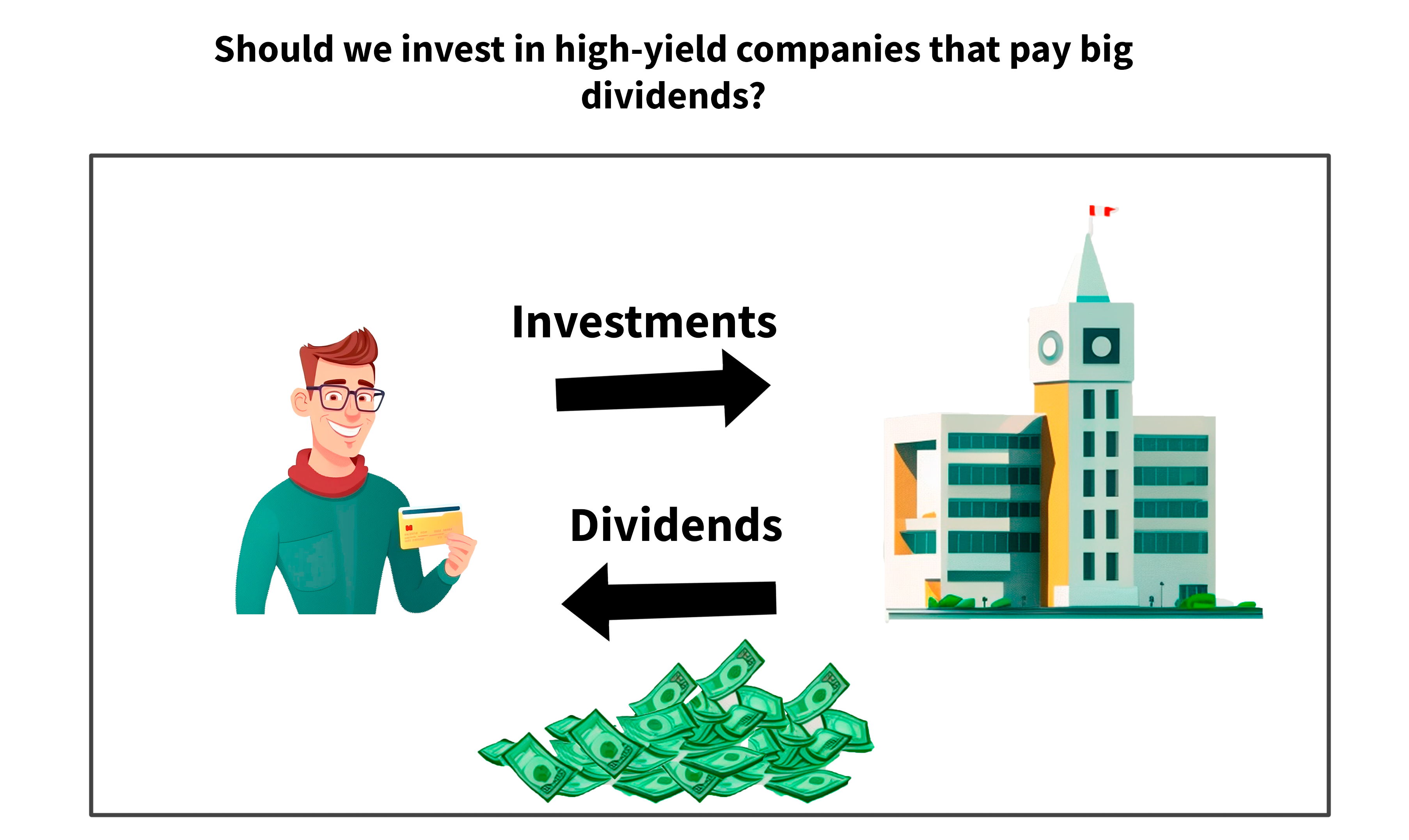
Let’s go over the choices of the company concerning this famous distributable profit, so we can either put it in reserve or decide to distribute it in the form of dividends.
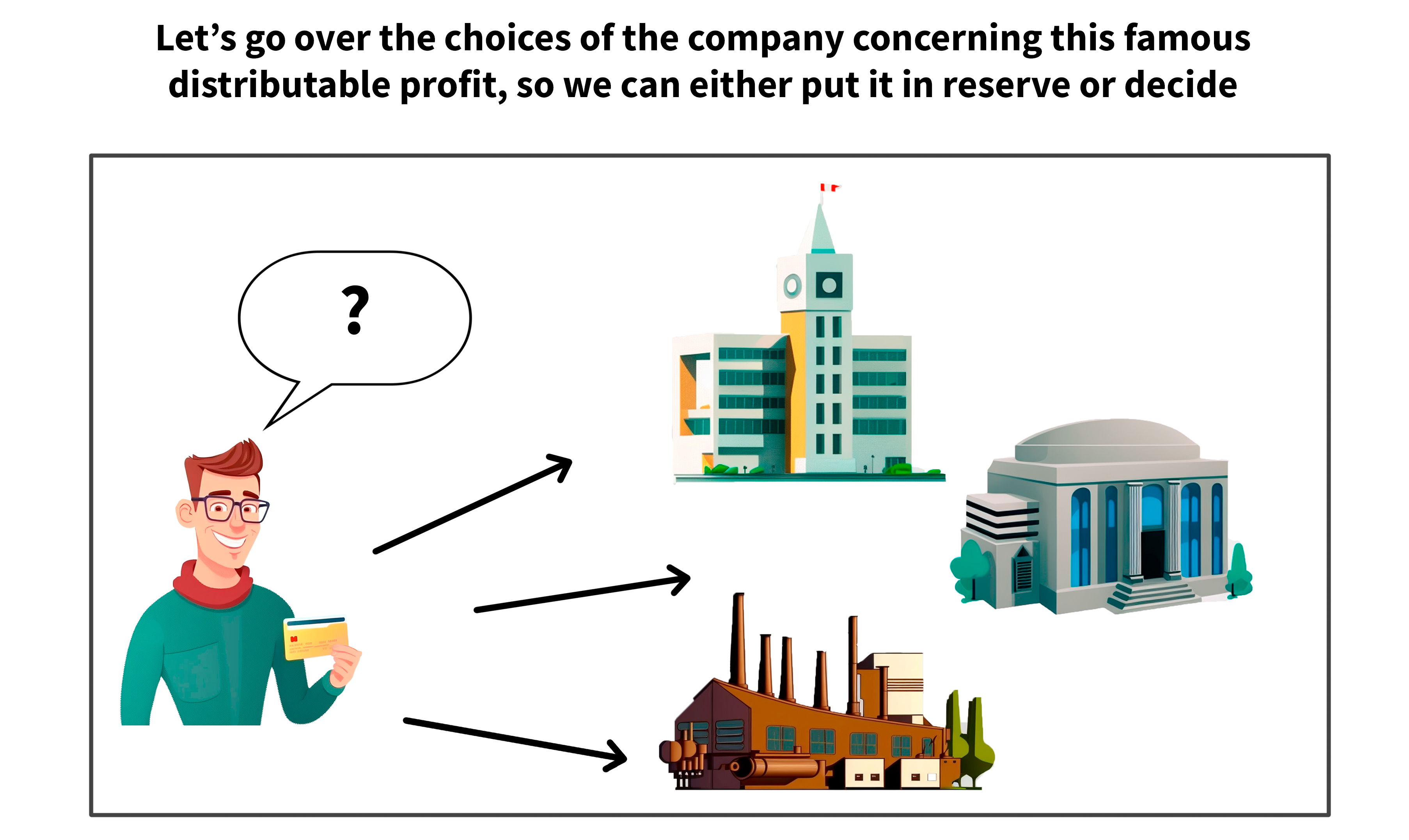
If we decide to put it in reserve, this profit can be used to be reinvested in projects, buy back shares, or reduce debt, even if it is not really used when the interests are low. For companies, there is only one compelling reason to pay out a large dividend at a high rate of return. During a crisis, it acts as a shock absorber and keeps the share price stable.
It will be typically companies that must regularly seek on the market for funding via capital increases will typically choose stability through dividend payments or else management that will want to avoid a takeover hostile bid management of the discounts. It can be beneficial to a stable company.
Putting aside this reason, a company with a healthy profit margin should take advantage of the available cash. Either invest in projects, buy back its own stock, or reduce its leverage, as Modigliani and Miller's theory suggested at the outset. It indicates that the dividend policy should be investor-neutral, but this was not taken into account. Taxation and psychology are two important factors.
Most countries tax capital gains at a lower rate than income. As investors, it is in our best interests to see hidden funds reinvested in the company rather than distributed. That's it for the facts. If you have a portfolio and are familiar with dividends, it is nice to receive cash in your securities account in your home country, and you will see the amount of cash increase.
It’s a very reassuring and palpable side profit for the company.
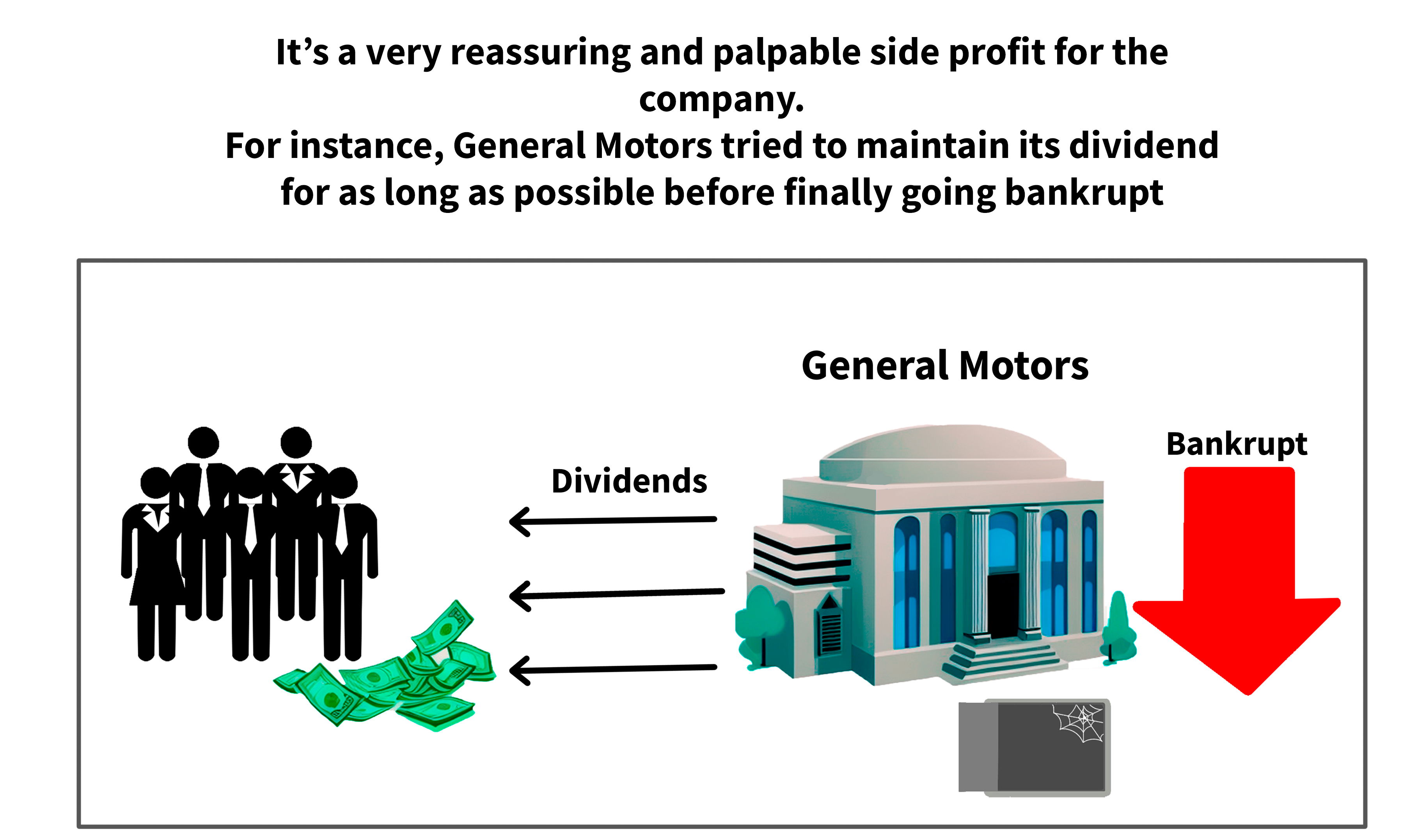
We can see that it's really very concrete, and the ecological part is also what makes the share price go up or down depending on whether the dividend policy is increased or decreased. As I explained in theory, it should have no impact, and we should only look at the results of the company and not the dividend. Unfortunately, this is what sometimes leads companies to bankruptcy, and some have tried to maintain their dividend policy at all costs.
For instance, General Motors tried to maintain its dividend for as long as possible before finally going bankrupt. We could possibly tell that having a rather aggressive dividend policy on the part of companies would be advantageous for someone who is in the position of an annuitant and needs to receive regular income from his portfolio. However, the problem is that the shareholder is taxed if you own a portfolio of businesses that reinvest all of their profits and don't pay dividends.
You can quite regularly sell a portion of this portfolio, and at least you get to pick the perfect time and quantity to be sold based on how much cash you require. It is very interesting to have its shock absorber side, which has been brought about by the rate of return, especially if the dividends have been maintained for many, many years in the event of a crisis.
If you are interested in this type of company, do not hesitate to go see the screener on the young stock market by using the criterion of return. Put it to the maximum and see the type of company that will come out of elsewhere, and you'll see that you'll inevitably have a strong sectoral bias in the last point. This indicates that the real estate banking industry, so-called utilities, such as electricity and water producers, will see significant sectoral gains. Pay attention to that, especially if you invest in a hotel with a dividend theme, because you'll probably be spending a lot of money in these areas.
Key Takeaways:
- Modigliani and Miller's research showed that the choice between distributing part of the profit in dividends or putting it in reserve should not have an impact on the valuation of the company.
- Companies may choose to put profits in reserve to reinvest in projects, buy back shares, or reduce debt.
- Companies may choose to pay out a large dividend at a high rate of return during a crisis to act as a shock absorber and keep the share price stable.
- Taxation and psychology are two important factors to consider when deciding on a dividend policy.
- Companies with a healthy profit margin should take advantage of available cash and reinvest in projects, buy back stock, or reduce leverage.
- Pay attention to sectoral gains when investing in a company with a dividend theme.

